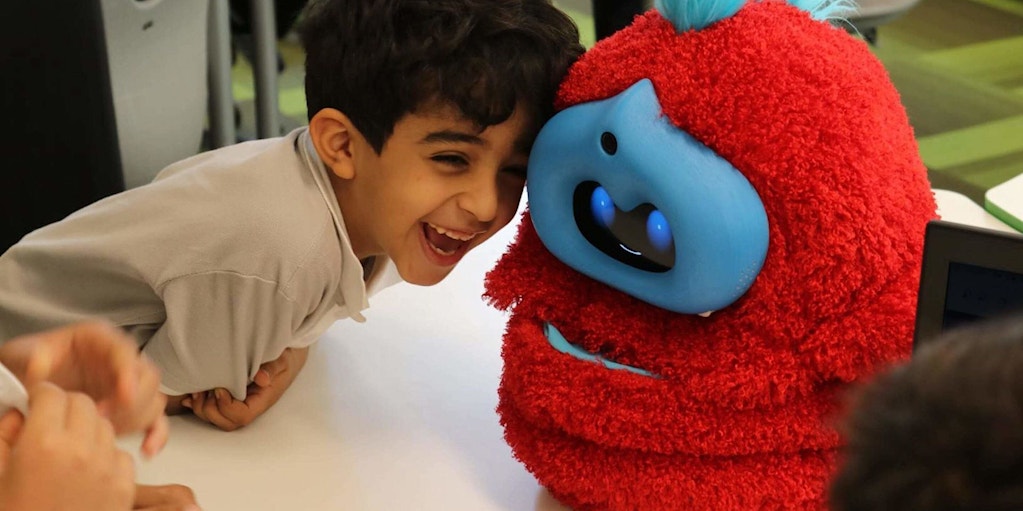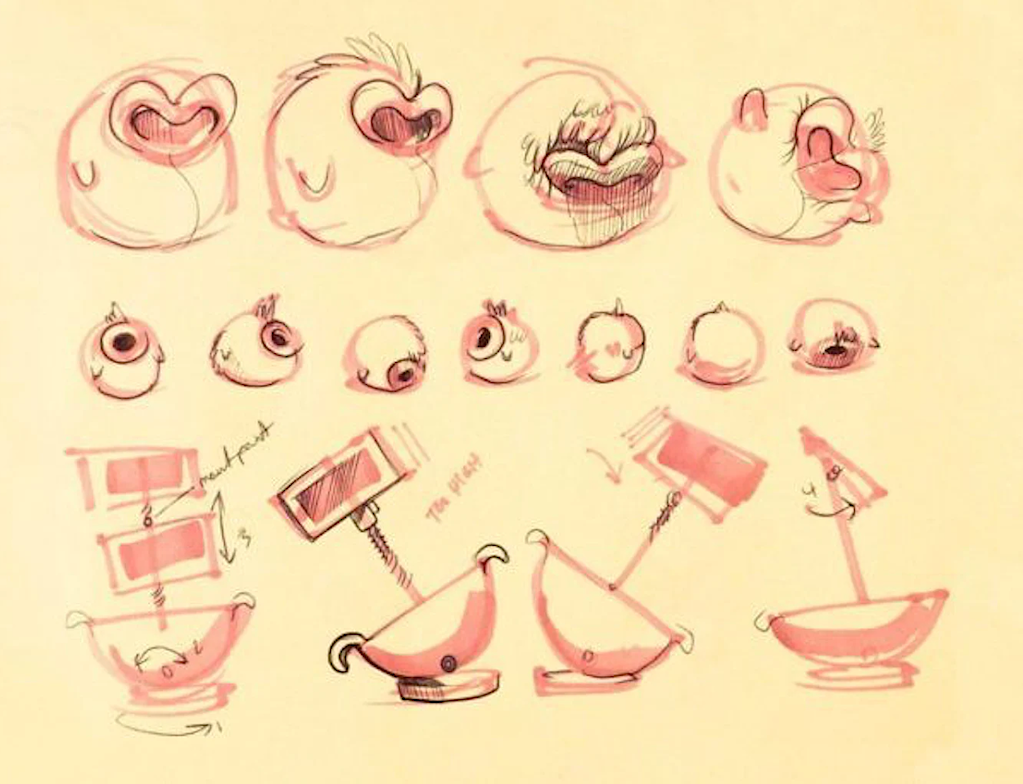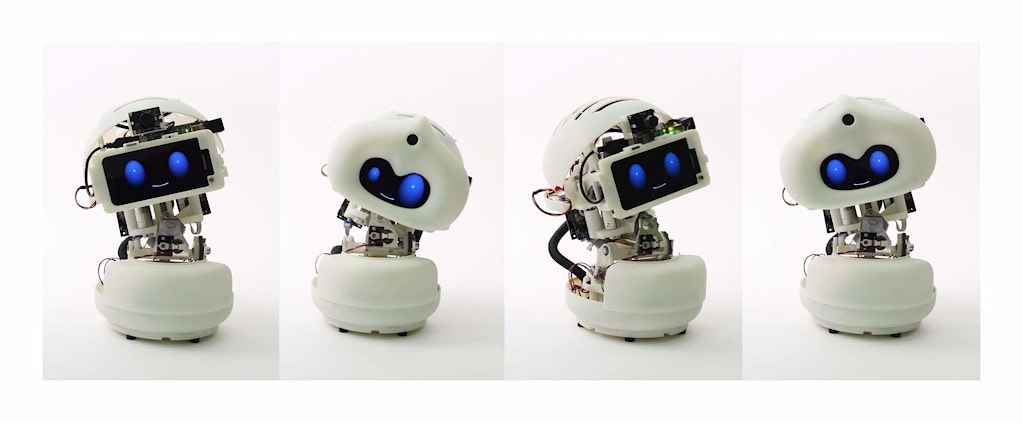
MIT Media Lab Tega
Enabling meaningful research in human-robot interaction
Tags
As specialists in artificial intelligence and machine learning, the MIT Media Lab team received a grant from the National Science Foundation (NSF) to develop a durable social robot hardware platform for university researchers around the world to work with.
While the Media Lab had already begun exploration of the concept and necessary software development, they needed a partner with expertise in hardware. With our knowledge of electromechanical engineering and their experience in software, our teams worked together to build Tega.
Based on research previously done by the Media Lab, we knew that the robot would need five degrees of freedom to physically execute the desired range of expressions, such as nodding and peering. To give the robot maximum power and ability in a compact design, we needed to organise its joints and motors effectively.

We defined and characterized several possible arrangements of motors and joints to enable five degrees of freedom. Through Lego prototypes and documentation for each configuration, we explained the advantages and trade-offs of each option, helping the Media Lab to easily make an educated decision. With full team alignment for the selected direction, we were able to effectively design and build the robot hardware.
The Tega’s five degrees of freedom (DOF) can be controlled by Android phone to display various emotions

Through our codesign efforts with the Media Lab team, we produced a program, mapped to the physical robot, that controls its motion and expression output. The resulting research platform allows the Media Lab to execute its research in human-robot interaction, including determining when the robot should serve up which expression when interacting with a human.
This work has since enabled the Media Lab researchers to develop programming that allows the Tega to respond socially. The Tega can listen to a story being read by a child, analyze the movement and expressions of the child, and respond appropriately at the right time.

The Media Lab and university researchers around the globe are thrilled to have a reliable robot platform that enables them to fully focus on their work in artificial intelligence instead of difficulties with the electromechanical platform.
Explore more





